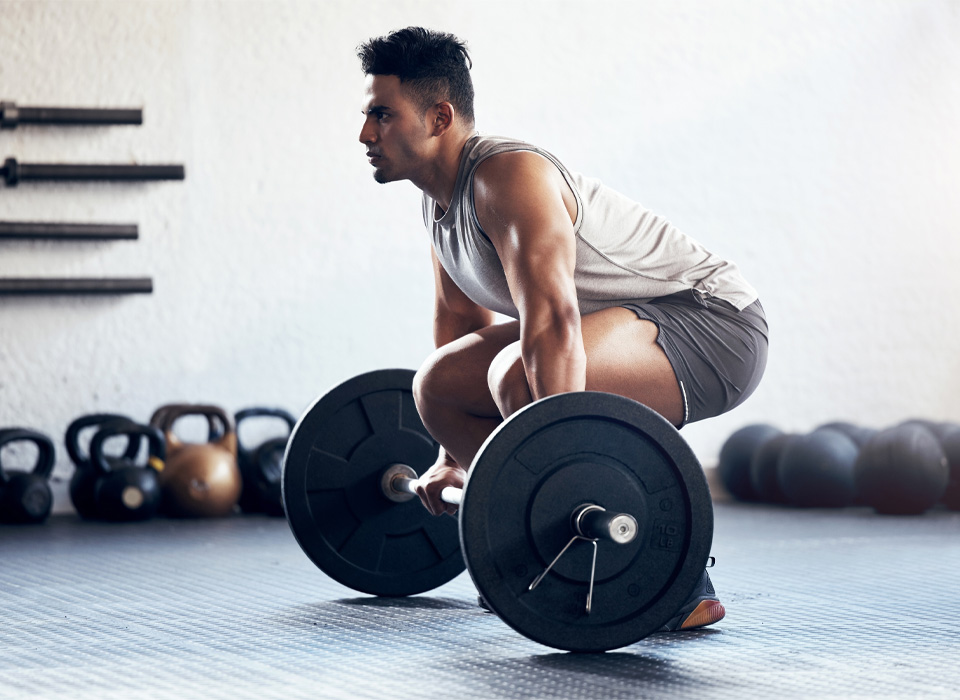Strength makes an athlete better. At all levels and ages, a stronger athlete will have a competitive advantage over and suffer fewer injuries than a weaker one.
Weight room strength is very different from athletic strength, however, so what exercises should coaches, parents, and trainers use to gauge and enhance athletic strength? Here are my picks.
Push-up
The push-up, when performed correctly, demonstrates pressing work strength plus an individual’s ability to stabilize scapulo-thoracic and CORE mobility while pressing.
Push-ups are easy to teach, easy to implement and easy to progress – to get stronger, do more push-ups.
Pull-up/chin-up
Similar to the push-up, pull-ups or chin-ups demonstrate scapulo-thoracic and CORE stability while pulling.
Pull-ups can be performed with assistance from a coach, super band, the ground, assist machine, or any other method that doesn’t sacrifice form until the athlete can successfully complete one unassisted pull-up.
Med-ball throws
Upper body dominant sports that include hitting, throwing or swinging most often require force release or force impact. In both cases, athletic force is should be generated and controlled by the lower body and CORE and released by the shoulders, arms, and hands.
Training this release is very helpful for athletic performance particularly when we pay attention to training the non-dominant side. This helps even out the rigors put on the dominant side of the body from practice and competition.
Dead lifts
Athletes need to be able to extend and hip hinge. Dead lifts strengthen the posterior muscle slings including bottoms of the feet, calves, hamstrings, glutes, spinal erectors, lats, traps, and even cervical extensors.
It can take a long time to get an athlete flexible enough and stable enough for dead lifts. Sometimes simply being able to perform a proper dead lift (with minimal load) will make someone more athletic.
Rear foot elevated (Bulgarian) split squats
A rear foot elevated split squat (RFESS) is effectively a lunge that is more load isolated to the front leg than a traditional standing lunge. In addition to demonstrating great glute, quad, hamstring synergy this exercise also highlights unilateral asymmetries – a strong indicator for injury potential.
The lunge position is a great overall structural indicator of the lower leg, thigh, and hip mobility/stability relationship.
Split squats also minimize and help to equalize mechanical concerns often found in traditional squats.
While this is by no means a thorough list of strength exercises applicable to sport, these do get the most bang for the buck.
If your athletes can perform each of these exercises and perform them well, their likelihood for injury goes down while their performance output will go up.
